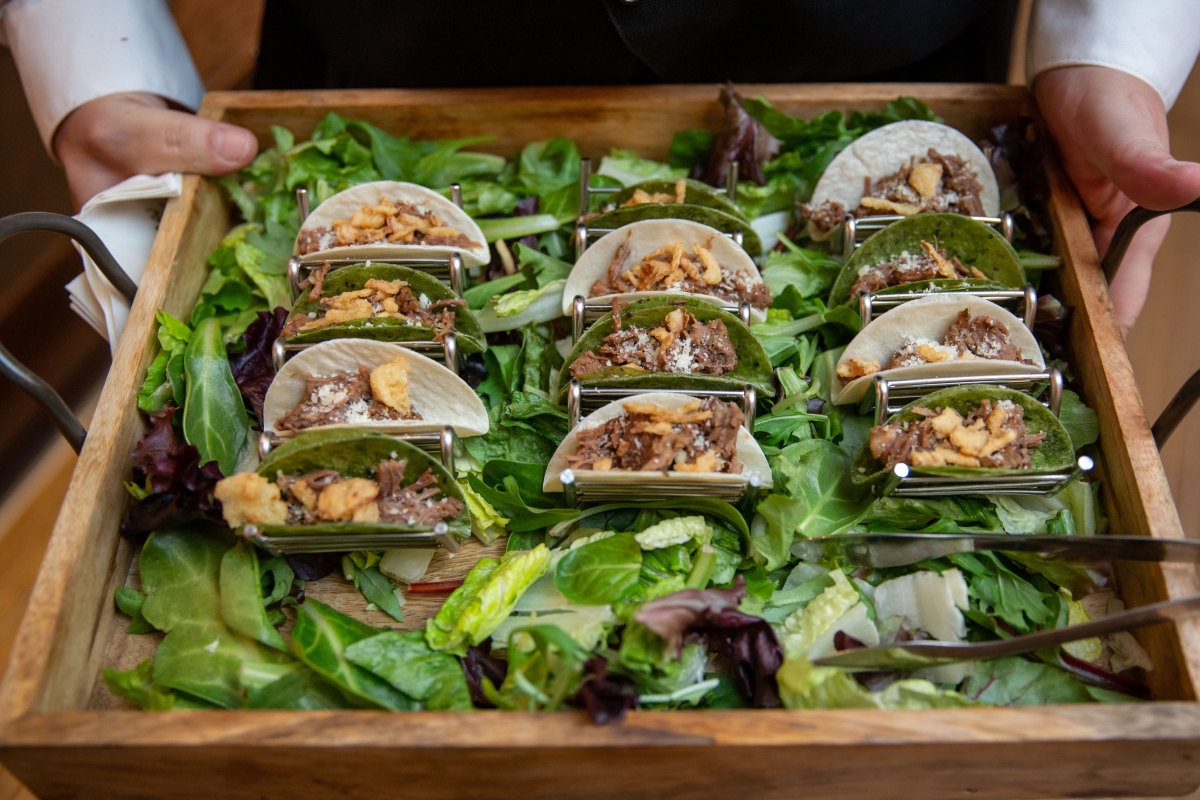The Importance of Gluten Free Catering
Providing gluten free catering is an important service that can help people with dietary restrictions. It also demonstrates that your business is committed to addressing diverse needs and preferences.
Several types of foods are naturally gluten-free, such as baked fish, grilled meats and vegetables, and plain yogurt with granola. However, seasonings and sauces may contain gluten.
Providing gluten-free options
Providing gluten-free options for customers is a great way to expand your customer base and show that you care about catering to all dietary needs. Individuals who follow a gluten-free diet need to avoid foods containing wheat, barley, and rye because these grains contain gluten, a protein that can cause adverse health reactions in some people.
Taking precautions to prevent cross-contamination is another important aspect of gluten-free catering. This includes moving ingredients that are gluten-containing away from areas used for preparing gluten-free dishes and dedicating utensils and cookware to serving only gluten-free food.
Identifying gluten-free options can be tricky, but many restaurants have plenty of delicious choices to satisfy the needs of those following a gluten-free diet. For example, you can offer soups that have been thickened with arrowroot instead of flour, French macarons made from almond flour, or pao de queijo, which are Brazilian cheesy bread puffs that are gluten-free because they are made from tapioca.
Identifying gluten-free customers
Providing gluten-free catering options is essential to accommodate guests with gluten intolerance or celiac disease. These guests need to avoid foods containing gluten, a protein found in wheat, barley, rye, and triticale.
Communicating with the customer is important in identifying their needs. It is also a good idea to have separate preparation areas for gluten-free and non-gluten-free dishes, to prevent cross-contamination.
Ensure that the staff knows what ingredients are gluten-free and how to prepare them. Educate the kitchen and dining room teams on food safety procedures, including proper handwashing to remove gluten crumbs before touching a gluten-free dish.
It is important to have a checklist of items that the facility orders regularly, and mark which are gluten-free. Keep this list updated at least annually. This will help you avoid ordering ingredients that contain gluten and ensure that replacements are gluten-free as well. For example, use fresh jars of jam, mustard, mayonnaise, and butter instead of ones that have already been opened before for someone else, since those will have been touched by gluten containing hands. Do check out hospice care provider for your needs here.
Taking precautions to prevent cross-contamination
Providing gluten free options for customers with celiac disease or gluten sensitivity requires more than simply excluding breads and pasta. It requires proper food handling and avoiding cross-contamination.
Taking precautions to prevent cross-contamination involves clearly identifying gluten-free ingredients and using separate preparation areas. This is particularly important if gluten-free and gluten-containing foods are prepared in the same kitchen area. Care should be taken to thoroughly clean and sanitize surfaces between the preparation of different meals.
It is also important to train staff on the dangers of cross-contamination. This includes training the sales team as they are often the first to interact with customers. This is especially true in the restaurant industry where high turnover rates are common. Gluten-free training materials can be found online and many restaurants offer GREAT Kitchens gluten-free training to their employees. This helps ensure that all segments of the restaurant are onboard with serving safe gluten-free dishes. Moreover, it ensures that new hires can be trained by experienced team members to follow the procedures.
Asking questions and being clear about your needs
When dining gluten free, it is always best to know what you are getting into. For example, some restaurants claim to be gluten free but don’t have a menu that is actually gluten-free. A real gluten-free menu will omit items that contain wheat, barley, rye or malt, including breads, pastas and pizza. It will also exclude foods made from these ingredients such as flour, ice cream, beer and fried chicken.
When contacting catering services, make sure that they understand what gluten is and can provide a list of their options. Asking about their experience with catering to people with gluten sensitivities is also important. In addition, ask if they have separate areas for cooking gluten-free meals and whether they use dedicated utensils to prevent cross-contamination.
Be polite, but firm when letting your server or party host know that you cannot eat gluten. Explain that you have celiac disease or non-celiac gluten sensitivity and that even the slightest bit of gluten can cause you to get very sick.
